
LUNTERO
Find your way home in the Netherlands with 20,000+ rental listings at your fingertips!
Site Navigation
Netherlands Rental Guides & Resources


© 2025 Luntero. All rights reserved.

LUNTERO
Find your way home in the Netherlands with 20,000+ rental listings at your fingertips!
Site Navigation
Netherlands Rental Guides & Resources


© 2025 Luntero. All rights reserved.
Luntero
Dutch Housing Market Cools: Increased Supply and Reduced Overbidding
The Dutch housing market is showing clear signs of cooling, with more homes on sale, lower overbidding rates and a dampening of price increases in Q3.
NL Rental News

Millennials aged 25–35 are leading a surge in upward home moves in the Netherlands, accounting for a record share of mortgage applications for larger properties.
Learn how co-tenancy works when couples separate in the Netherlands and how tenancy agreements can be assigned to one party.
Households in the Netherlands are set to pay around 4% less for gas and electricity in 2026 thanks to higher international supply and sustainability measures.
Students across the Netherlands face higher rents and fewer available rooms as listings drop and landlords sell up amid stricter regulations. This article explores the trends, city comparisons, and ways to navigate the competitive market.
Explore the latest properties added to Luntero. Find new apartments, houses, and studios across the Netherlands — updated daily to help you discover your next home faster.
Luntero consolidates rental apartments, rooms, studios, and houses from the leading Dutch real estate platforms (including Funda, Pararius) into a single, constantly updated database. Easily filter by price, number of bedrooms, pet policy, specific neighborhoods, and more to find your dream home in the Netherlands much faster.
Comprehensive Dutch Rental Listings
Discover every available rental property from Funda, Pararius, Kamernet, and more. Stop switching between multiple sites – no more missing out on hidden gems in the Dutch housing market.
Intuitive User-Friendly Interface
Navigate our clean and straightforward design effortlessly on both desktop and mobile devices for a seamless apartment, house, or room hunting experience in the Netherlands.
Multilingual Support for Expats & Locals
Browse rental listings in English, Dutch, Spanish, French, German, and more. Luntero ensures you can find your next home in the Netherlands in the language you're most comfortable with.
Real-Time Listing & Price Updates
Get instant notifications for new rental listings and price changes. Stay ahead of the competition in the dynamic Dutch rental market and secure your ideal home.

Understand Dutch rental terms before you sign the lease.
Renting in the Netherlands comes with unique rules, legal phrases, and housing abbreviations that can be tricky. The Luntero Rental Glossary is your guide to every rental term — from tenancy agreements, deposits, and agency fees to utility charges, rent control, and tenant rights. Whether you’re new to renting, moving as an expat, or just want to avoid hidden costs, our glossary helps you rent smarter, negotiate better, and protect yourself from mistakes.
The Dutch housing market is finally showing signs of easing its once relentless upward spiral. In the third quarter of this year, approximately 64,000 owner-occupied properties changed hands—9.2% more than during the same period last year. At the same time, for the first time in over six months, the average buyer paid less above the asking price, and bidding wars became marginally less frequent. Experts predict that this cooling trend will continue well into 2024, tempering the rapid property value growth Dutch homebuyers and sellers have endured.
A key driver behind the market’s shift is a notable increase in supply. By the end of September, around 45,000 homes were listed for sale, up from roughly 41,000 at the start of the summer months. The most prominent supply boost has come from private landlords selling off rental units to the owner-occupied segment—largely in response to more stringent rent regulations and upcoming tax adjustments in the rental sector.
This influx of additional properties has contributed to a more balanced dynamic between supply and demand, giving prospective buyers greater choice and reducing the sense of scarcity that has fuelled supercharged price growth.
After months of record-breaking overbidding, data shows that in September buyers paid on average 5.2% above the asking price—a decline from 5.5% in August. Moreover, overbidding occurred in 73.0% of all transactions, down slightly from 73.9% the previous month.
Fewer buyers are now caught in bidding wars, and the overall number of viewings per property dropped 12.3% from August to September. Industry analysts interpret these changes as the market correcting itself after an extended period of overwhelming competition.
According to market observers, several factors suggest this cooling phase is far from over:
These elements are expected to suppress annual average price increases, preventing the double-digit growth rates that characterised the past two years.
• More negotiating power: Increased listings and fewer competing offers mean buyers can negotiate closer to the asking price.
• Greater selection: A wider range of house types and neighbourhoods are now within reach as previously rare properties enter the market.
• Financing options: While mortgage rates remain elevated, the less frenzied market gives buyers extra time to secure the best financing deals.
• Pricing strategy critical: Sellers must set realistic asking prices to attract interest without relying on bidding war premiums.
• Longer time on market: Properties may take several weeks longer to sell, so staging and presentation are increasingly important.
• Targeted marketing: Highlighting unique property features and local amenities can help stand out in a less pressured market.
Industry forecasts suggest modest price growth of 3–5% in the coming year, a sharp slowdown compared to the 10–15% annual gains of recent years. The combination of steady supply from landlord sell-offs and ongoing macroeconomic uncertainties points to a market that is stabilising rather than crashing.
Local municipalities (gemeenten) may adjust housing policies or incentives to stimulate certain segments, such as first-time buyers. Meanwhile, housing associations (woningcorporaties) could play a larger role in offering social and mid-market rentals, further influencing supply.
After years of frenzied competition, the Dutch housing market is finally cooling down. With more homes on the market and fewer bidding wars, buyers gain leverage while sellers need a refined pricing strategy. This more balanced environment is expected to persist into 2024, offering a welcome reprieve from the brunt of recent price surges.
Looking for your next rental in this evolving market? Discover a wide array of listings and expert support at Luntero, the easiest way to find your ideal home in the Netherlands.
Understand Dutch rental terms before you sign the lease.
Renting in the Netherlands comes with unique rules, legal phrases, and housing abbreviations that can be tricky. The Luntero Rental Glossary is your guide to every rental term — from tenancy agreements, deposits, and agency fees to utility charges, rent control, and tenant rights. Whether you’re new to renting, moving as an expat, or just want to avoid hidden costs, our glossary helps you rent smarter, negotiate better, and protect yourself from mistakes.
1,067
Key terms available
73
Contract Types
145
Legal Terms
132
Rental Costs
90
Dutch Housing System
+ 7 More Essential Categories
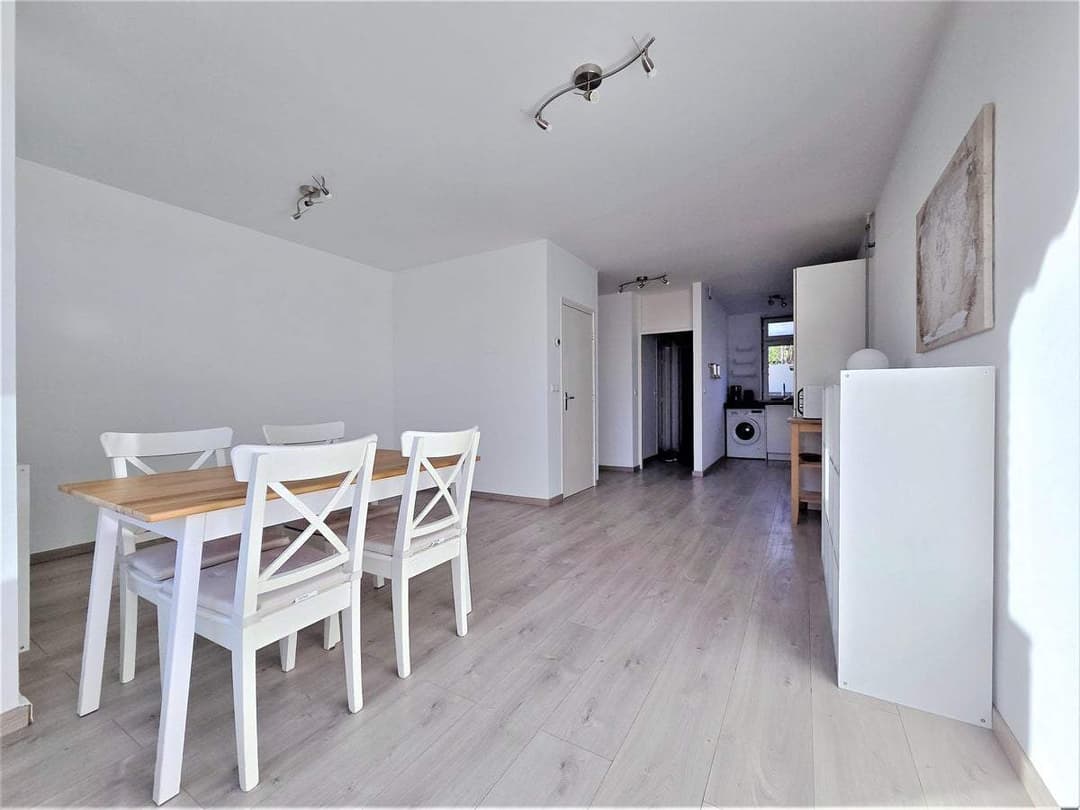
€2,350.00 / month
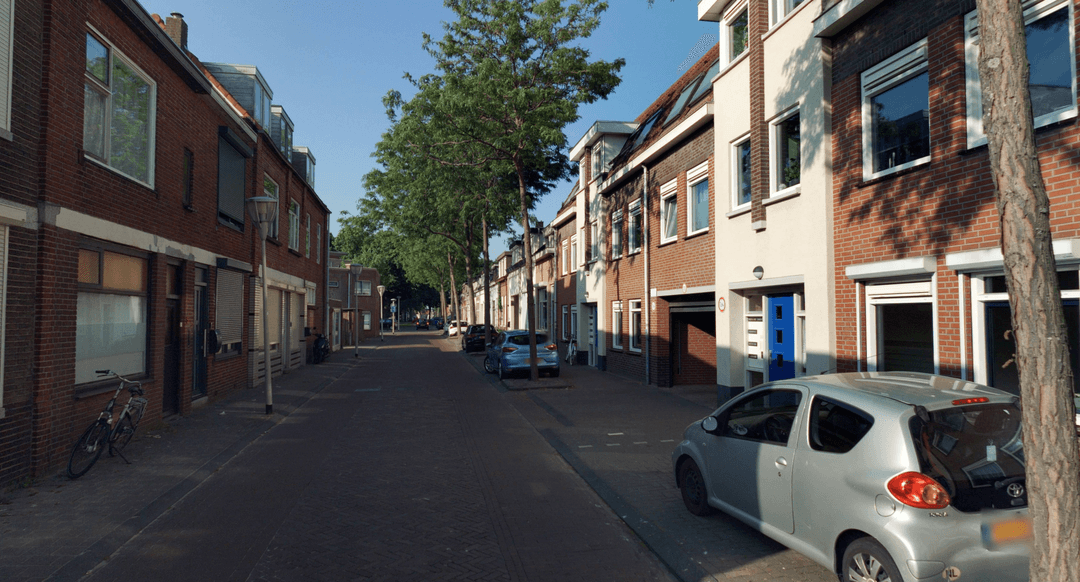
€699.00 / month
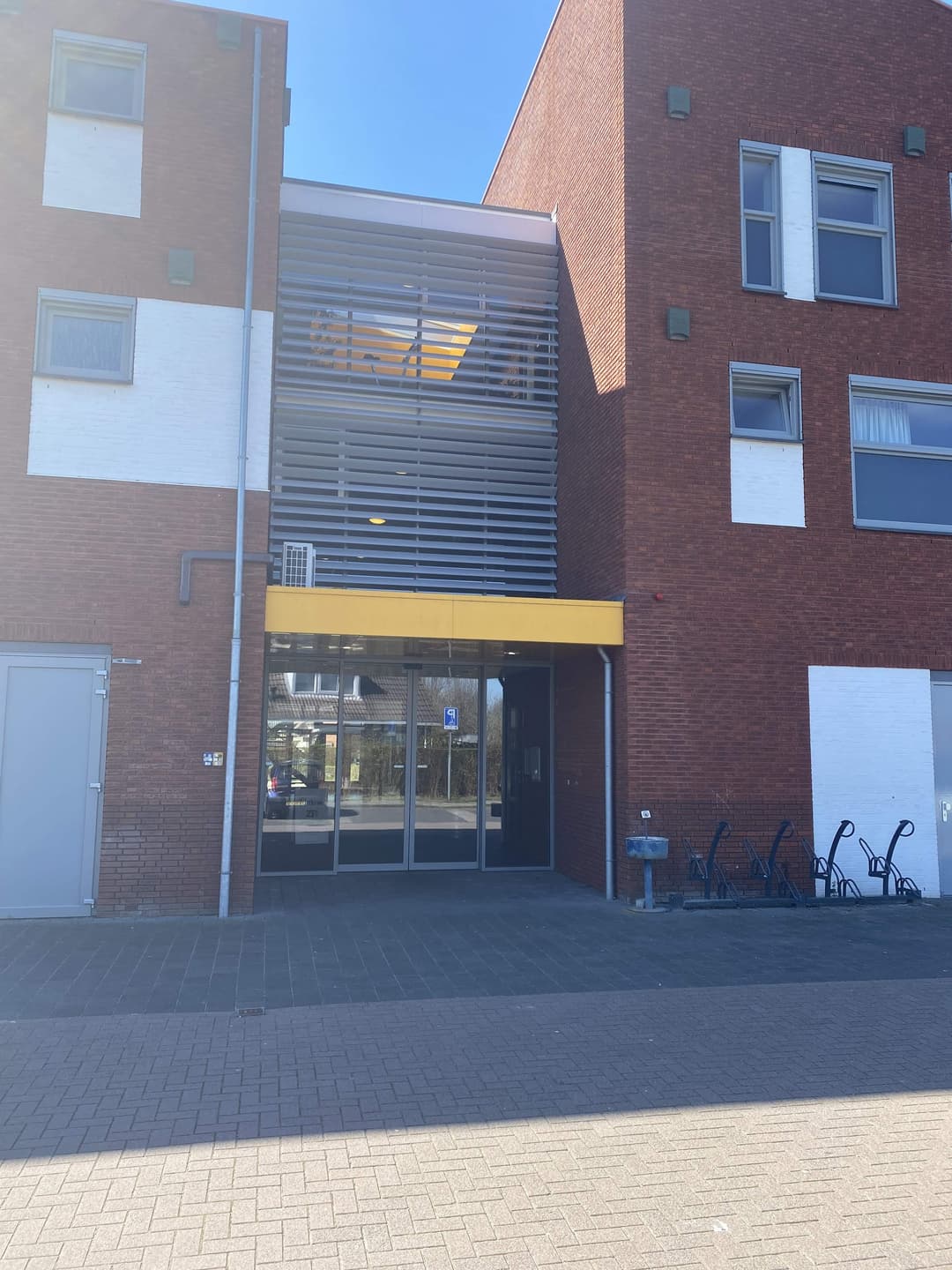
€924.00 / month
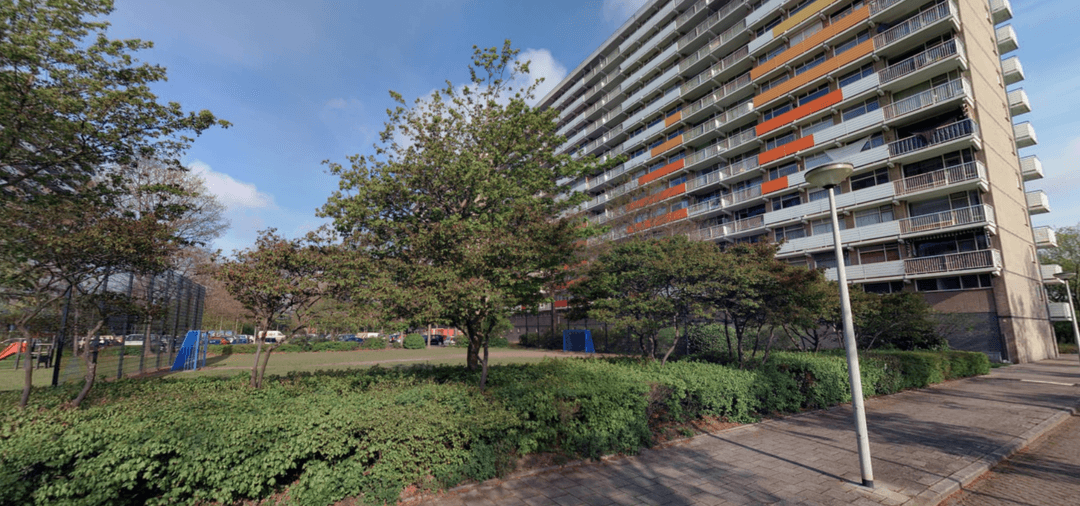
€732.00 / month
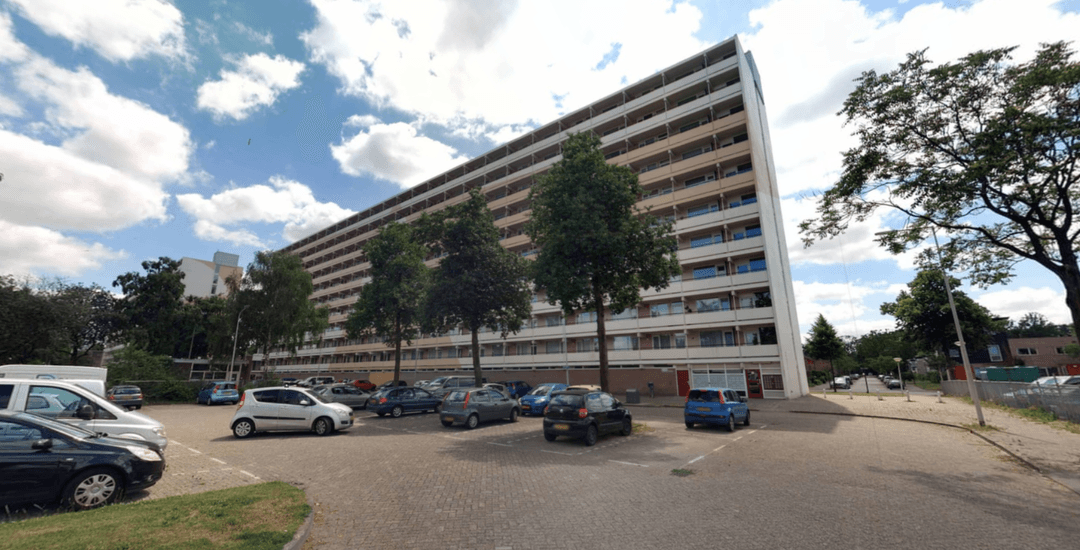
€738.00 / month
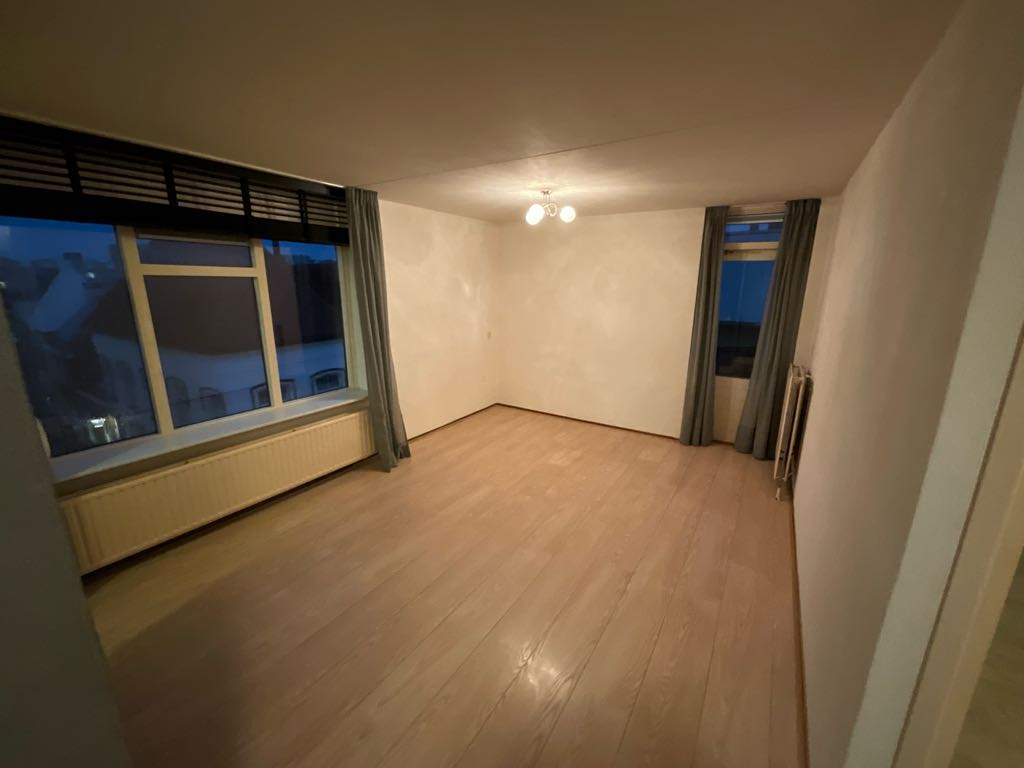
€621.00 / month
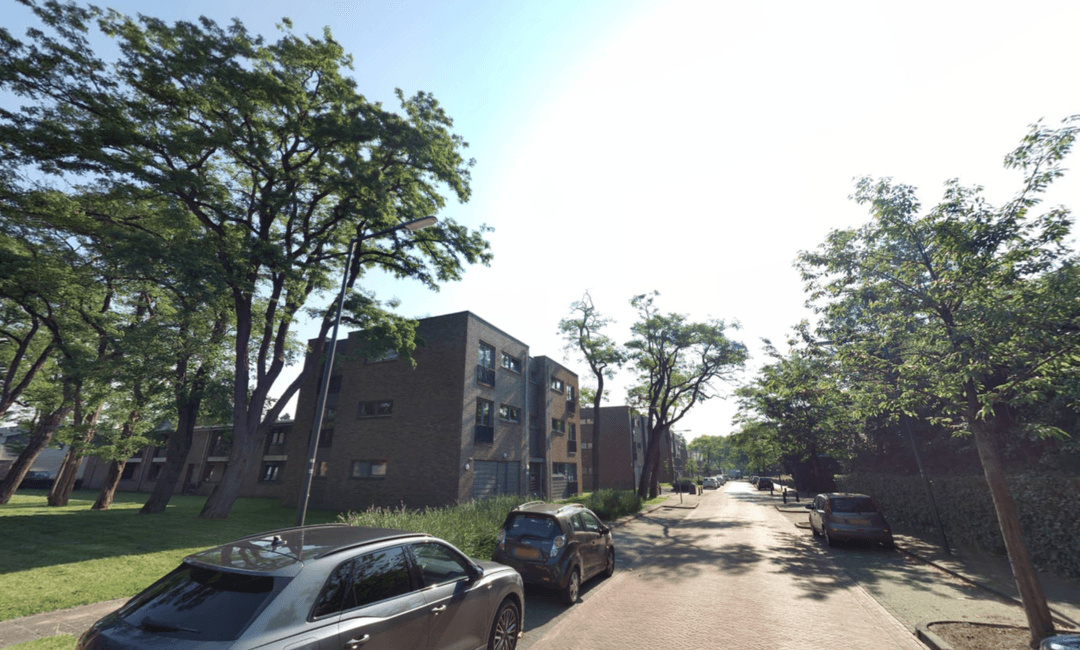
€683.00 / month

€700.00 / month
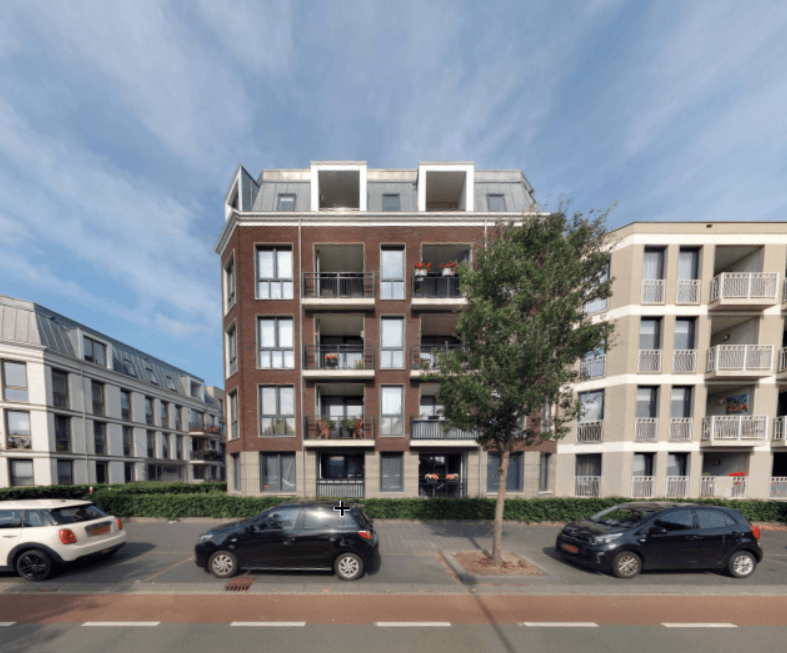
€985.00 / month

€729.00 / month
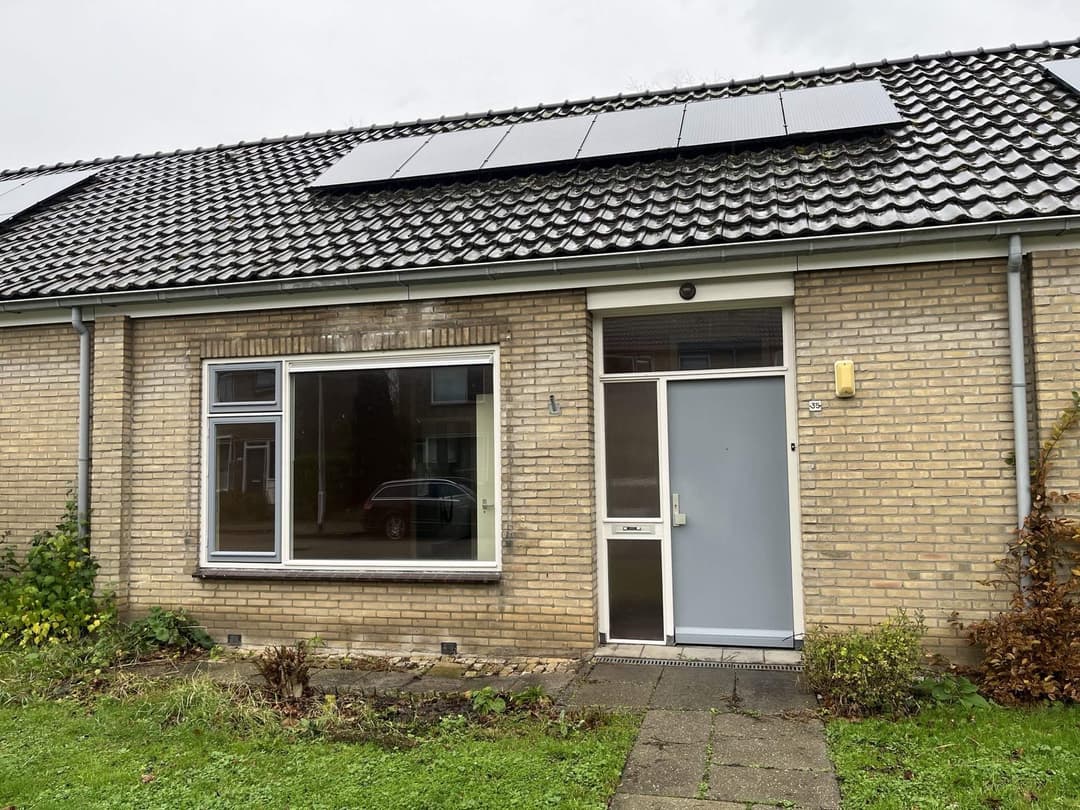
€742.00 / month
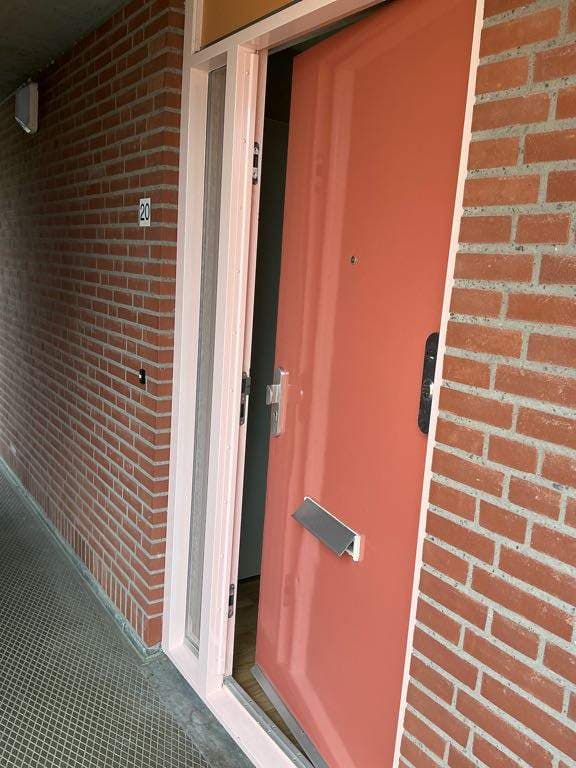
€798.00 / month